
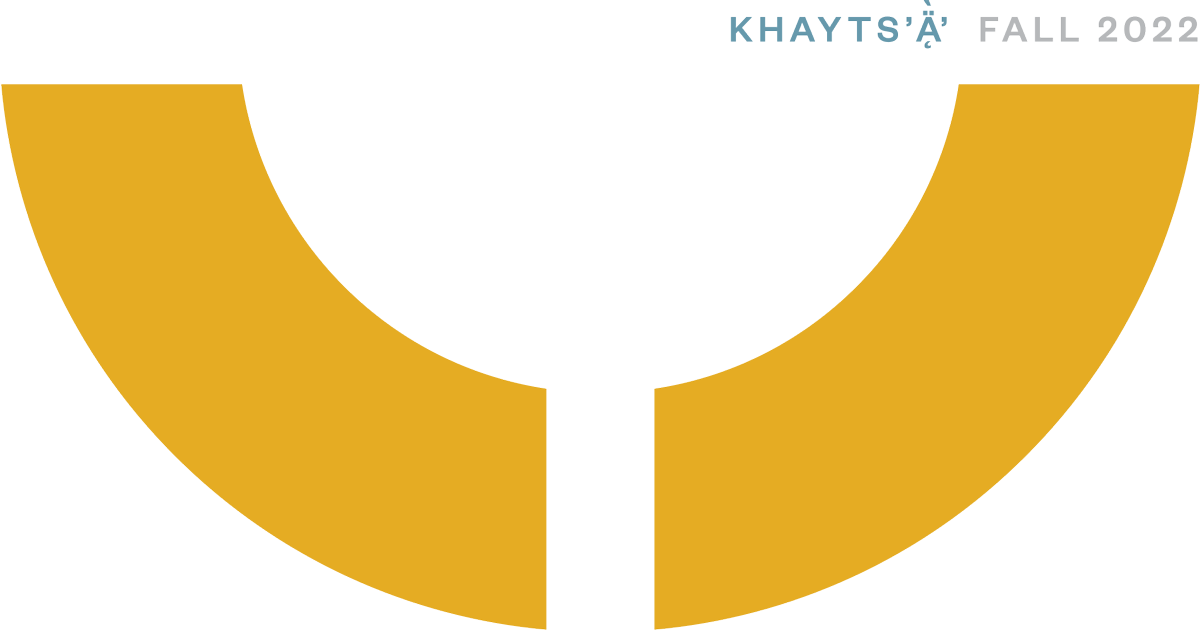

Table of Contents








Section and department titles are in the Han Athabascan language. Each issue of First Alaskans features a different Native language in this role. Thanks to Shyanne Beatty.
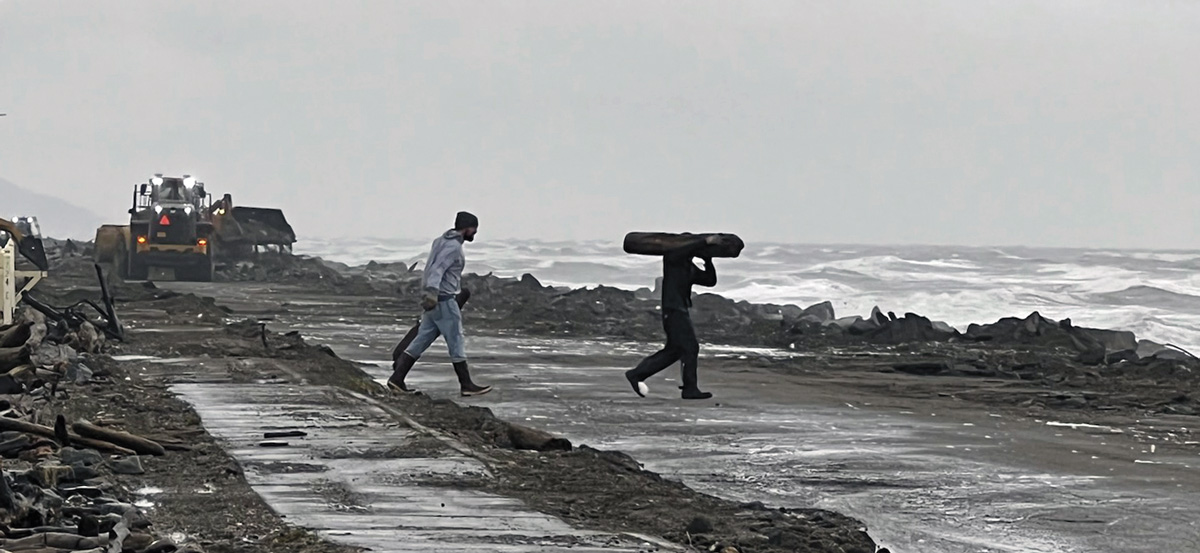
photo by Elizabeth La quen naáy / Kat Saas Medicine Crow
Kayutkulluta / Ilavut Nakliiluit
We Take Care of Each Other
by Melanie Bahnke / Kawerak Inc.
September 20, 2022
awerak Inc. supports and stands by our communities and families impacted by the most devastating extreme weather event to hit our region and other areas of Western Alaska. We are grateful to our region’s Tribal leaders, mayors, unofficial community leaders, local volunteers, first responders, neighbors and family members who rose to the occasion, ensuring that no lives were lost. Our cultural values continue to sustain us in times of hardship and loss.
Kawerak is working with our village leaders to ensure their Small Community Emergency Response Plans are in place to prepare for disasters, and the opening of our Head Start buildings where needed as an emergency shelter before, during and after the storm.




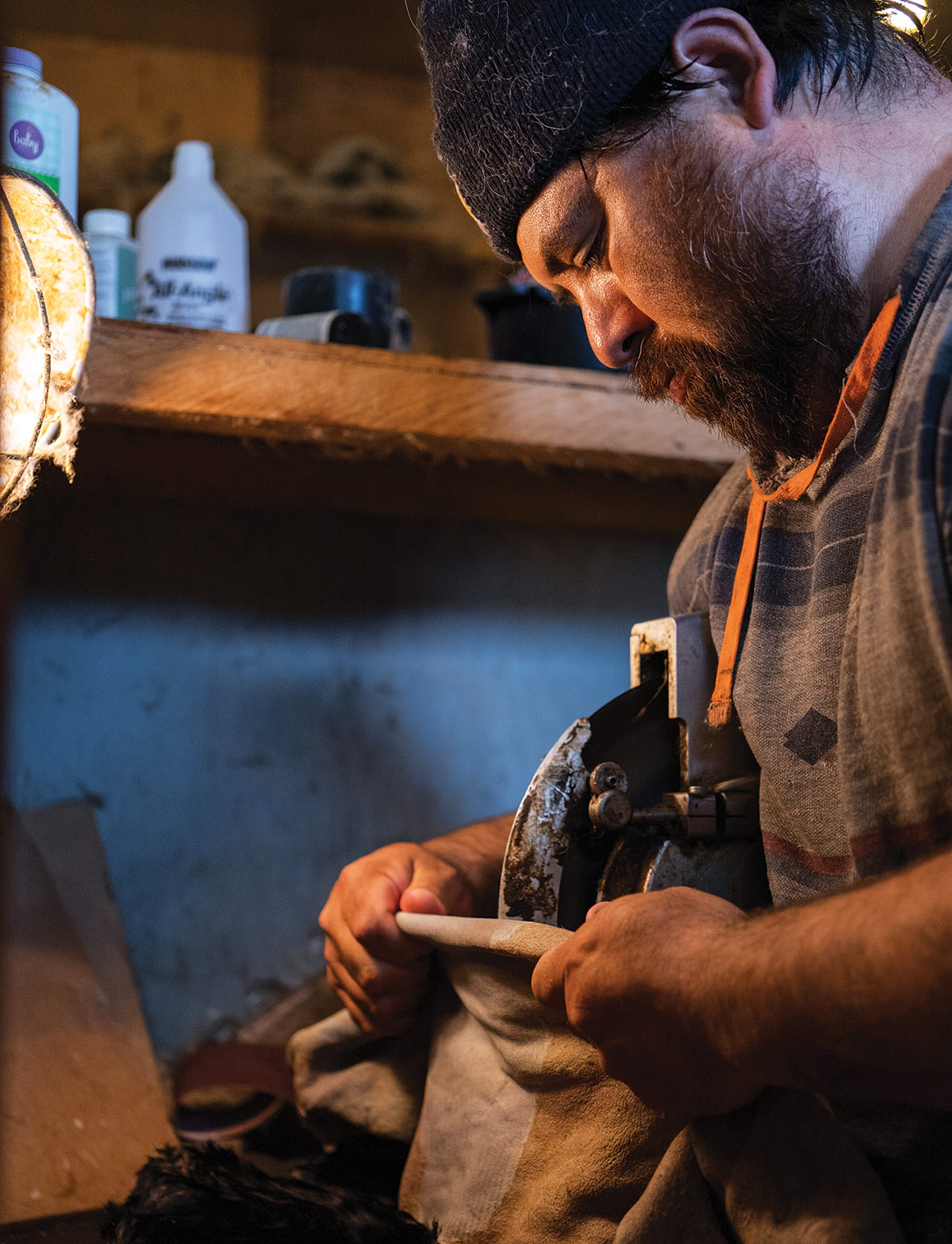
The Rocky Pass Tannery

n a hot and sunny day in July, I approached the sun-bleached picnic tables with an expression of awe across my face. Spread atop the faded red planks were luscious, dark sea otter hides with penciled lines and the focused hands of eager teens equipped with razors about them. At the head of the farthest table stood Scott Jackson: co-owner of the Rocky Pass Tannery.
Located in my hometown of Kéex’ Kwaan in Kake, Alaska which is a Southeast Alaskan village with a population of around 500 people. The Rocky Pass Tannery has become a fundamental contributor to Scott’s and my shared community. I have known Scott since I was a little girl. He is my relative and we are both members of the same, the Tsaagweidi Killerwhale People. He was one of my dad’s best hunting partners in my early years before both Scott and my father had families of their own to hunt with. I have been my dad’s closest hunting partner since then, though our families stayed close.
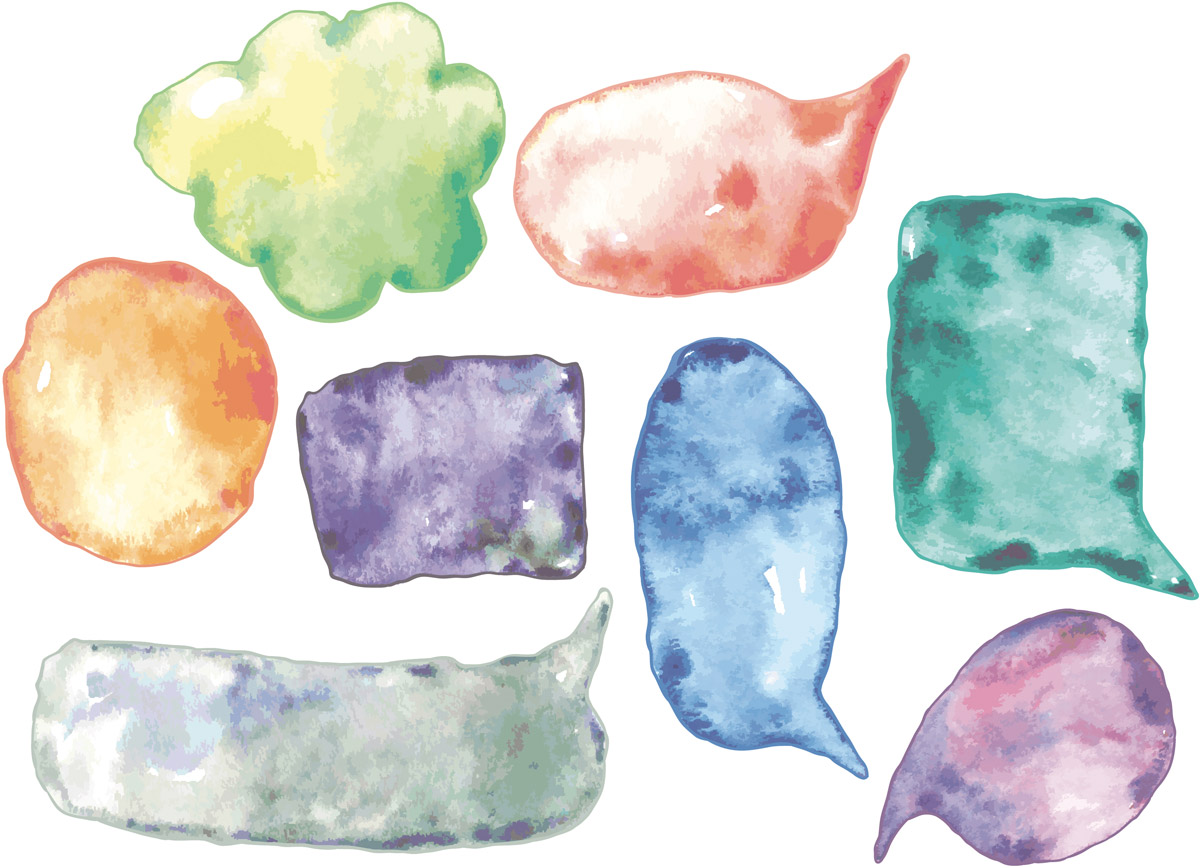
Strengthening Alaska Native Languages
laska Native people have faced social and cultural harm that includes epidemics, dislocations, language loss, boarding schools, and more. For decades, communities in every region of Alaska have held culture camps to preserve and restore their cultural heritage and language. The need for these opportunities has grown greater as Elders, who are community experts in language and customary practices, have passed away.
Language is a core foundation for Indigenous cultural identity and heritage, so the loss of Indigenous Elders has been extremely troubling, especially during the COVID-19 pandemic. The damage to Indigenous communities and language revitalization efforts has been devastating. In Kodiak, for example, from 2020 to early 2022, half of the first-language speakers of Kodiak Alutiiq passed away, leaving no speakers of the northern Kodiak dialect and approximately seventeen speakers of the southern dialect.







Representative Mary Sattler Peltola (Yup’ik) is the first Alaska Native and the first woman to represent Alaska in Congress. Portrait by Gratia Kautek; pen and blueberry juice pigment.
Mary Peltola Won
n August 31st, the dark brown ground meat was speckled with white bits of fat as I poured it into the bubbling tomato sauce. Steam rose from the stove and wafted across the apartment. When Kailee returned from work, the scent of a home-cooked meal greeted her at the door. We lazily caught up on the day. “They should tell us soon if Mary won,” I said as I stirred the sauce. “She did,” Kailee replied, with a glint in her eyes. “What, she won?!” I said, flooded with emotions and excitement. Someone who was deliberately excluded from having rights in the constitution was now elected to serve in Congress.
In “We the People: The three most misunderstood words in U.S. history,” Mark Charles (Navajo) explains:
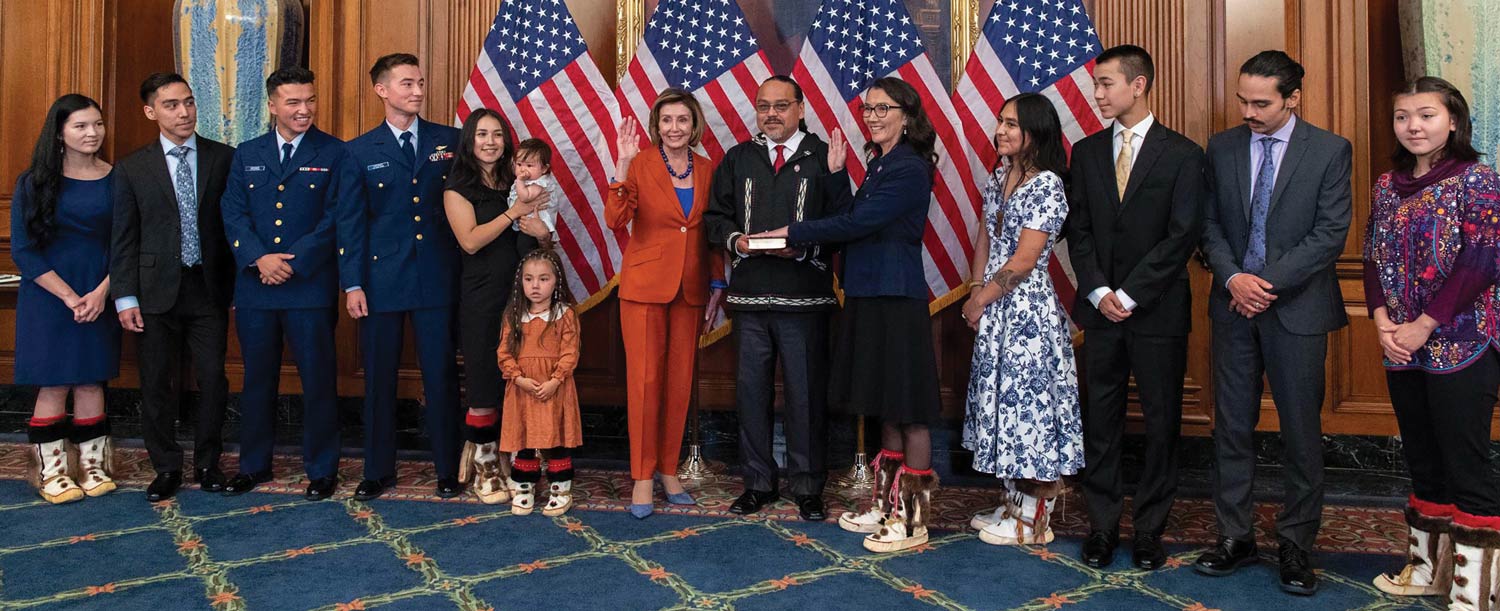
Congresswoman for All Alaska Akalleq Mary Sattler Peltola
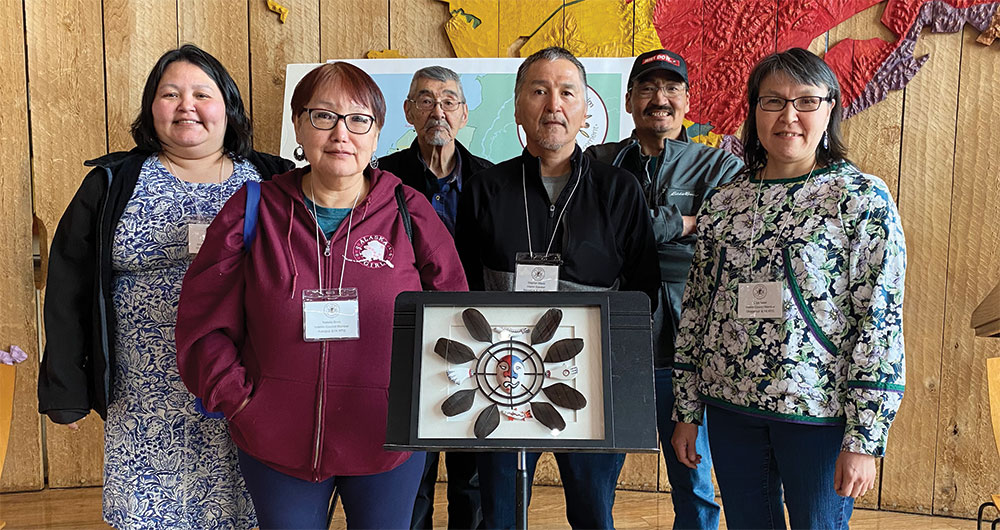
The current Interim Council (left to right: Roberta Murphy, Natalia Brink, Moses Owen, Stephen Maxie, Jr. (Speaker), Simeon Fairbanks, and Olga Isaac) during the Y-K RTG Summit.
If We Do Nothing, We Get Nothing
Author’s disclosure: Mike Williams Sr. is my direct Uncle, Willie Kasayulie and Phillip Peter Sr. are my Uncles, and I am a Calista shareholder.
he territory of 56 individual Yup’ik federally-recognized Tribal governments along the lower Yukon and Kuskokwim Rivers (Y-K Delta) is approximately the size of Oregon, the tenth largest state. It is also one of, if not the, poorest regions in the United States regarding infrastructure. So what would it look like if those individual Tribes formed a governing body to strengthen them all? On April 28, 2022, in Anchorage, Tribes from the region gathered at the Alaska Native Heritage Center to find out.
Opening remarks from Calista Board Chair Willie Kasayulie, among others from the interim governing body, quickly made it clear that the Yukon-Kuskokwim Regional Tribal Government (Y-K RTG) is not Calista Corporation, nor does Calista have any power over it. They provide initial financial and legal support until the government can self-sustain.






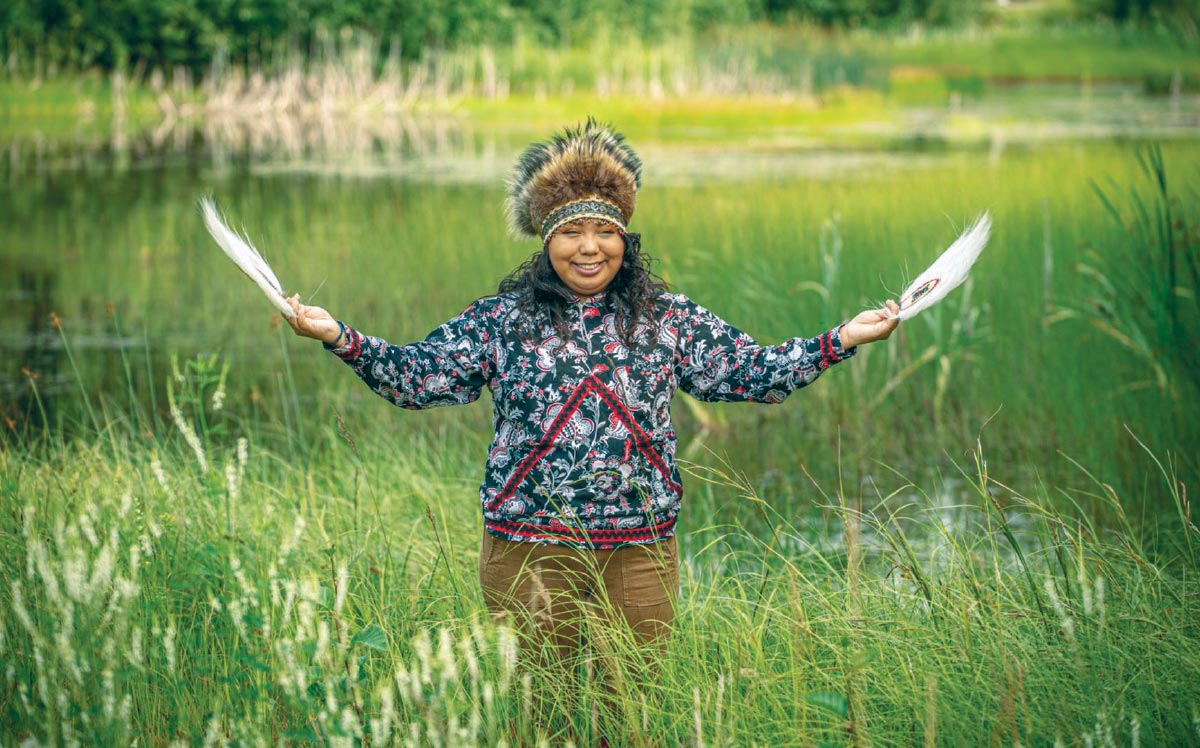
Empowerment Through Culture
n September 2020, the Alaska Native Heritage Center (ANHC) announced their new wellness program, Unguwat: Resilience & Connection, which serves Alaska Natives aged 18 to 24. The program is funded through a five-year grant from the federal Substance Abuse and Mental Health Services Administration’s Native Connections grant. Unguwat is a Sugpiaq word meaning “coming together for a purpose,” and the program addresses issues of suicide and substance misuse through cultural heritage-centered activities including Native dance, skin sewing, beading and paddle carving.
Located in Anchorage, ANHC perpetuates and teaches Alaska Native cultures and life-ways through programs led by Alaska Natives. It is the only statewide education center dedicated to celebrating all Indigenous cultures in Alaska: Iñupiaq, St. Lawrence Island Yupik, Yup’ik, Cup’ik, Sugpiaq (Alutiiq), Unangax̂, Athabascan, Eyak, Tlingit, Haida and Tsimshian. Through permanent collections, life-sized village sites, Indigenous-led tours and immersive programs, ANHC provides engaging experiences that facilitate greater understanding of the rich and diverse Alaska Native cultures.
A Seat at the Table
ver the last fifty years, Alaska Native corporations (ANCs) have become a vital part of the state’s economy. They represent a variety of industries, including construction, environmental services, government contracting, natural resource development, technology services, and real estate. They also play a major role in tourism.
Like many economic sectors, the COVID-19 pandemic slammed the Alaska tourism industry. The last couple of seasons interrupted an emerging new direction involving cultural tourism.
Sarah Leonard, president and CEO of the Alaska Travel Industry Association (ATIA), is keen on developing more opportunities for tourism. ATIA promotes Alaska’s tourism industry as an economic opportunity, providing statewide marketing resources, education resources, and advocacy to members.
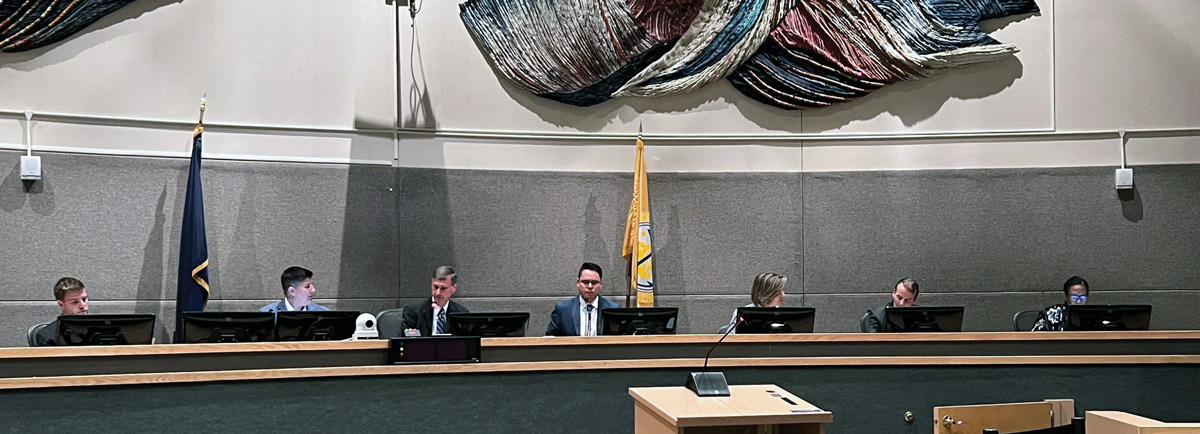
SBA Convenes Tribal Consultations for 8(a) BD Program Proposed Rule Changes Affecting ANCs and Tribes
ver the past several weeks, the Small Business Administration (SBA) has taken steps to revise the regulations governing the 8(a) Business Development (BD) Program in a manner that would significantly impact entity-owned firms—meaning firms owned by Tribes, Alaska Native Corporations (ANCs), and Native Hawaiian Organizations (NHOs)—in the Program. The 8(a) BD program allows for entity-owned firms and other qualifying small businesses to compete with large companies to provide services to the federal government, but there is a significant amount of work required for participating firms to maintain compliance in this heavily regulated industry. Part of that compliance is an annual recertification process. For entities participating in the 8(a) BD program, which are allowed to have multiple firms participating in the 8(a) BD program at one time, this annual recertification includes submitting an 8(a) participant benefits report form that demonstrates how the benefits of 8(a) BD program participation flow down to the Native communities they support. This form assigns a monetary value to the annual contributions of the firm to seven different categories: Health, Social, and Cultural Support, Education and Development, Lands, Economic, and Community Development, Employment, Economic Benefits, and Other.


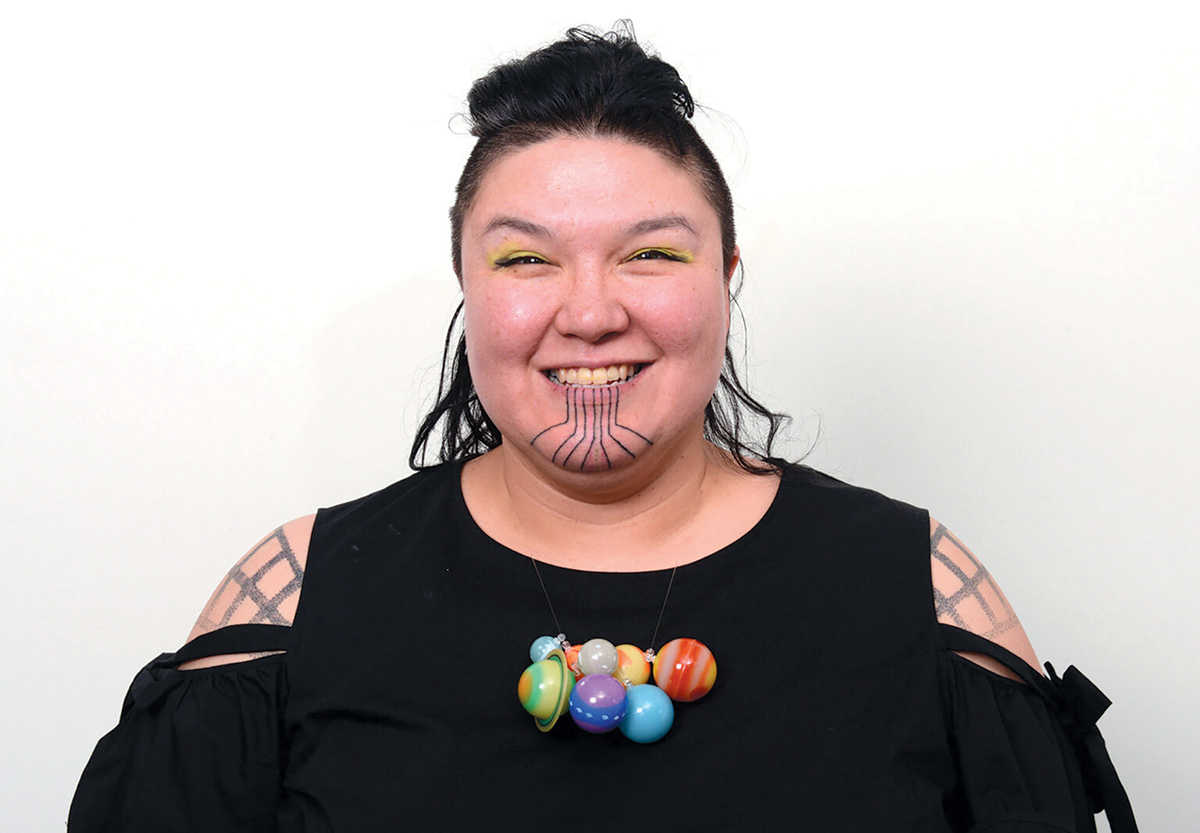
ART/HEALING/WISDOM
llison Akootchook Warden is an interdisciplinary Iñupiaq artist born in Fairbanks, Alaska, with families ties to the Native village of Kaktovik. Her work is focused on performance, rap, installation and poetry. Akootchook found her calling to become an artist at a young age: “As a young Iñupiaq, I saw the impacts of the rapid colonization of my traditional homelands and how they manifested as disease in myself and also my family. I heard stories of my great-great grandfather and also my great-great grandmother, how they would utilize traditional methods to heal their communities collectively, and at a young age, I began to look towards the arts as a vehicle for possible neo-traditional community healing methods. My grandmother was known for getting audiences to laugh, and at a young age she recognized my talent in the performing arts and encouraged me to carry our Iñupiaq culture forward in unconventional ways.”
Among her recent work is the multimedia installation and two-month performance piece Unipkaaġusiksuġuvik (the place of the future/ancient), held at the Anchorage Museum in 2016. Akootchook created a futuristic version of a qargi (ceremonial and community house in the Iñupiaq language) and led events with audience participation. She described it a space “where the hyper-future meets the super-ancient, a liminal space where myths are born and the Eagle Mother is honored with ceremony and dance.”
Reads and Reviews
An Alaska Native reader reviews Native-written books
By Erin Tripp (Lingít)
My Heart is a Chainsaw
by Stephen Graham Jones
Reading My Heart is a Chainsaw, I can feel Stephen Graham Jones’ complete love of slasher films. In that way I could imagine he’d put a lot of himself in Jade and her encyclopedic slasher knowledge. It actually made me appreciate the genre more, and want to watch all the ones I missed growing up. During the first half of the book, I spent a lot of time wondering if it was all in her head or if there really was going to be a massacre like she said. It reminded me of Night of the Mannequins in that way. It was during the second half of the book, when we got more answers that I really got into the book and invested in what was happening.
Before the book begins, new wealthy people have moved to town and bought the land across the lake to build a community for themselves. It’s land that should not have been built on and the town keenly feels the effects of gentrification as these new people overtake their space. It evokes the ongoing effects of colonization, which links to stories about the town’s history towards Indigenous people that Jade shares. And there is a direct link from this history of colonization to the disconnect, displacement, and intergenerational trauma that has affected Jade. She self describes as a half Indian, and has no connection to a Native community beyond her abusive father, and a negative relationship with both her parents. Her way of coping is to view her life and town through the lens of a slasher film, but whether she realizes it or not she is constantly searching for connection.
Alaska Native Claims Settlement Act Project Jukebox
oral history recordings
films | photos | documents
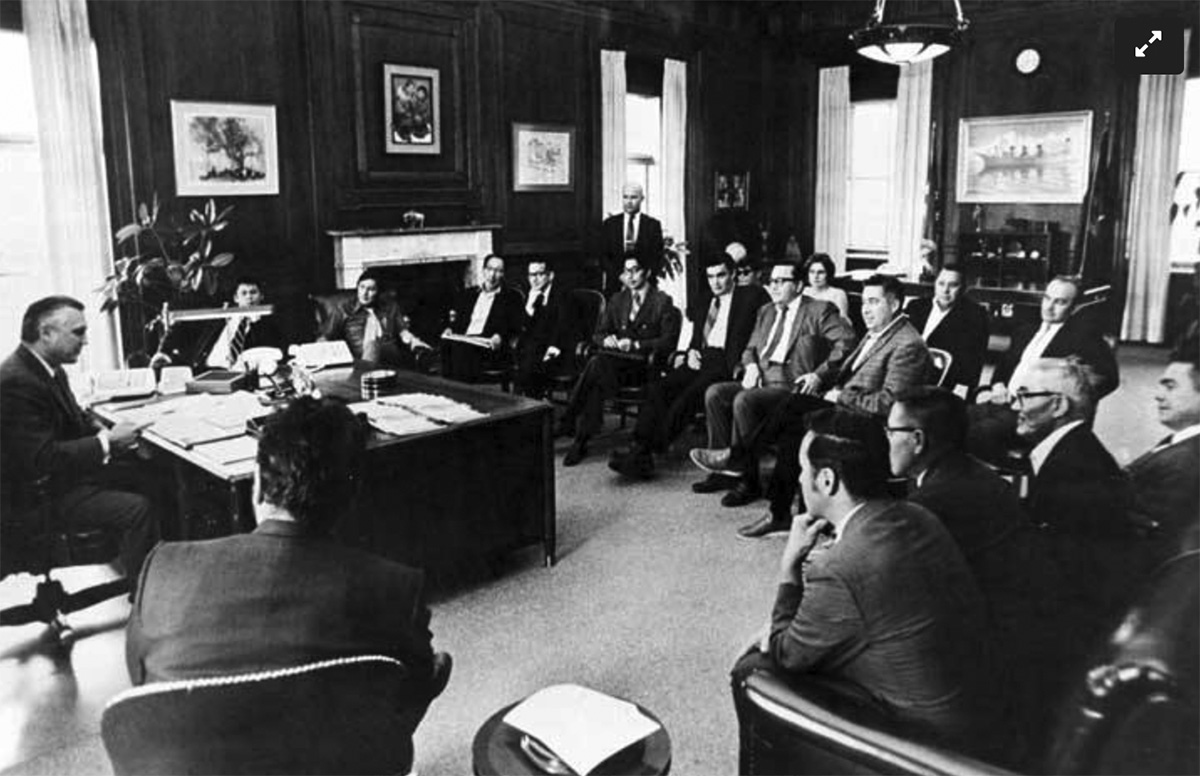
Hear from people about their struggles and successes in their own words and voices:
The website includes:
University of Alaska Fairbanks Oral History Program, Elmer E. Rasmuson Library

Alaska Native Art Writing Fellow
- be part of and recognized as a First Alaskans Institute Fellow, joining an incredible community of alumni
- take part in opportunities and networking offered through the Indigenous Leadership Continuum Initiative, First Alaskans Institute, and the magazine.
- gain mentorship, critical feedback and support for their writing; connection to other writing opportunities and writers; and insight into the magazine publishing process
- write a minimum of four articles for potential publication in the magazine.
We are seeking an Alaska Native author who focuses on or would like to focus on Alaska Native arts and cultures documenting Alaska Native artists, art practices and traditions. This could include the intersections of art practices and cultures, shifting cultural experiences and art styles or mediums, inter-generational movements, social justice responses in Alaska Native cultural arts, and arts community and opportunities. Stories that would have the potential for publication will seek to share about Alaska Native art practices and traditions, the strength, longevity, connectivity, creative legacy, and cutting edge or boundary pushing cultural arts practices of Alaska Native artists, and the overall necessity and impact of Alaska Native cultural arts practices.
The Fellowship comes with a stipend of $5,000.00. If you are interested in this opportunity please contact First Alaskans Institute at info@firstalaskans.org.
This fellowship is made possible through a partnership between First Alaskans Institute and The CIRI Foundation. It is supported with funding from TCF’s A Journey to What Matters: Increased Alaska Native Art & Culture (JWM) grant program.
Masthead

Chairman
Sam Kito, Jr. (Lingít)
Vice Chairman
Nurr’araaluk Valerie Davidson (Yup’ik)
Secretary/Treasurer
Iqalluuq Sven Haakanson, Jr. (Sugpiaq)
Sylvia Lange (Aleut/Lingít)
Aveogan Oliver Leavitt (Iñupiaq)
Georgianna Lincoln (Athabascan)
Kaaháni Rosita Worl (Lingít)
Savik Richard Glenn (Iñupiaq)
Dux da neik, K’oo del ta’ Byron Mallott
(Lingít)
Kaasháan Albert Kookesh (Lingít)
(Haida/Lingít/Ahtna)
Alaska Native Policy Center Director
Cutmen Candace Branson (Sugpiaq)
Indigenous Advancement Director
Uyuruciaq Elizabeth David (Yup’ik)
Indigenous Finance Director
Łot’oydaatlno Angela Gonzalez (Koyukon)
Indigenous Communications Manager
Qunmiġu Kacey Hopson (Iñupiaq)
Indigenous & Governmental Affairs Manager
Henaayee Olivia Irwin (Koyukon/Iñupiaq)
Indigenous Knowledge Advocate
(Tsaagweidi)
Indigenous Stewardship Fellow
Silugngataanit’sqaq Melissa Marton (Sugpiaq)
Indigenous Operations
& Innovations Director
La quen náay Elizabeth Medicine Crow
(Lingít/Haida)
President/CEO
Ayyu Qassataq (Iñupiaq/Yup’ik)
Vice President
Kaaswóot Gloria Wolfe (Lingít)
Indigenous Leadership Continuum Director

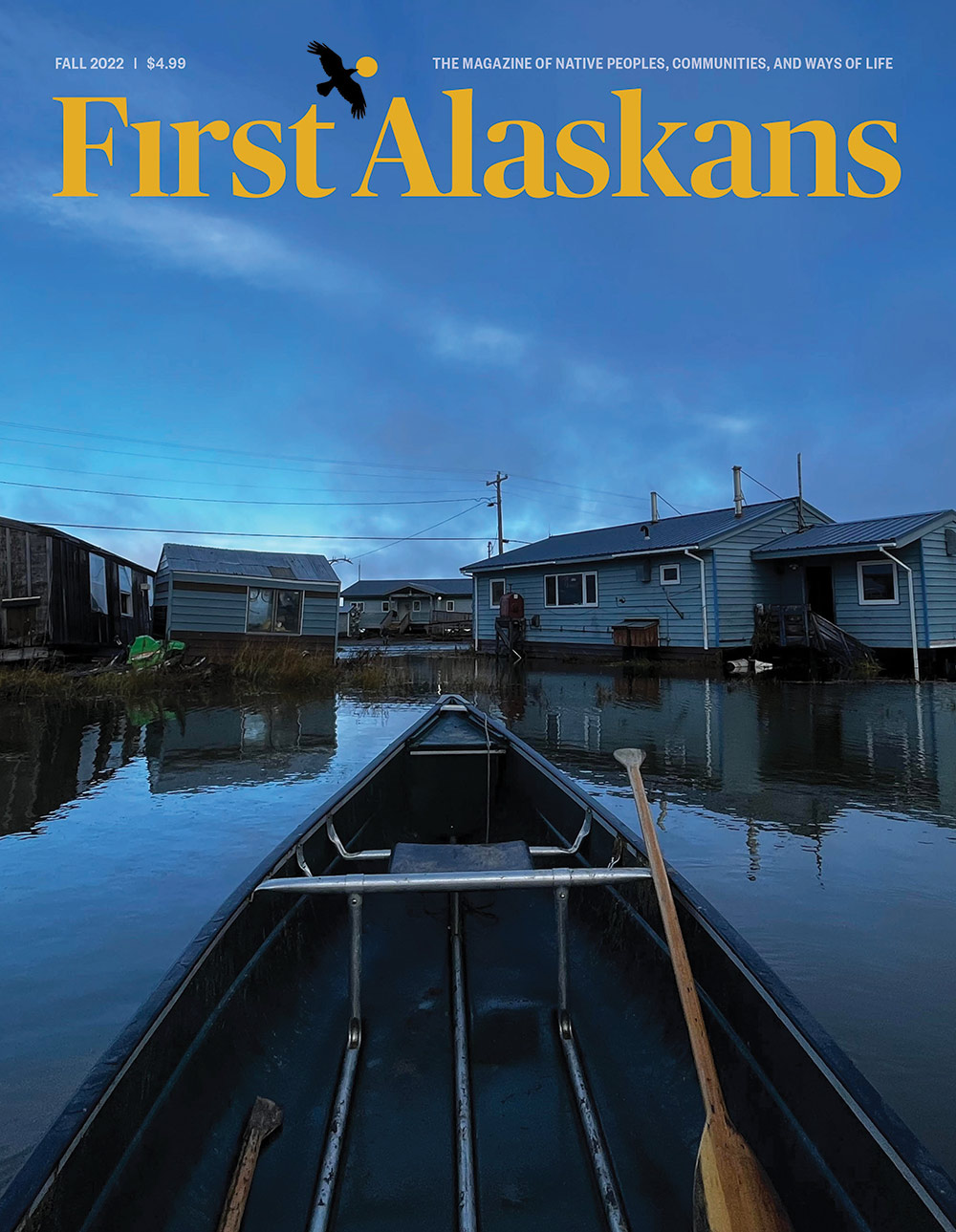
Anchorage, AK 99501
advertising@firstalaskans.org
First Alaskans Magazine is published by
First Alaskans Institute. © 2022.
Medicine Crow (Tlingit/Haida)
Lee House
Richard Perry (Yup’ik/Athabascan)
Dawn Biddison
ilgavak (Peter Williams) (Yup’ik)
Gratia Kautek
Erin Tripp (Tlingit)

